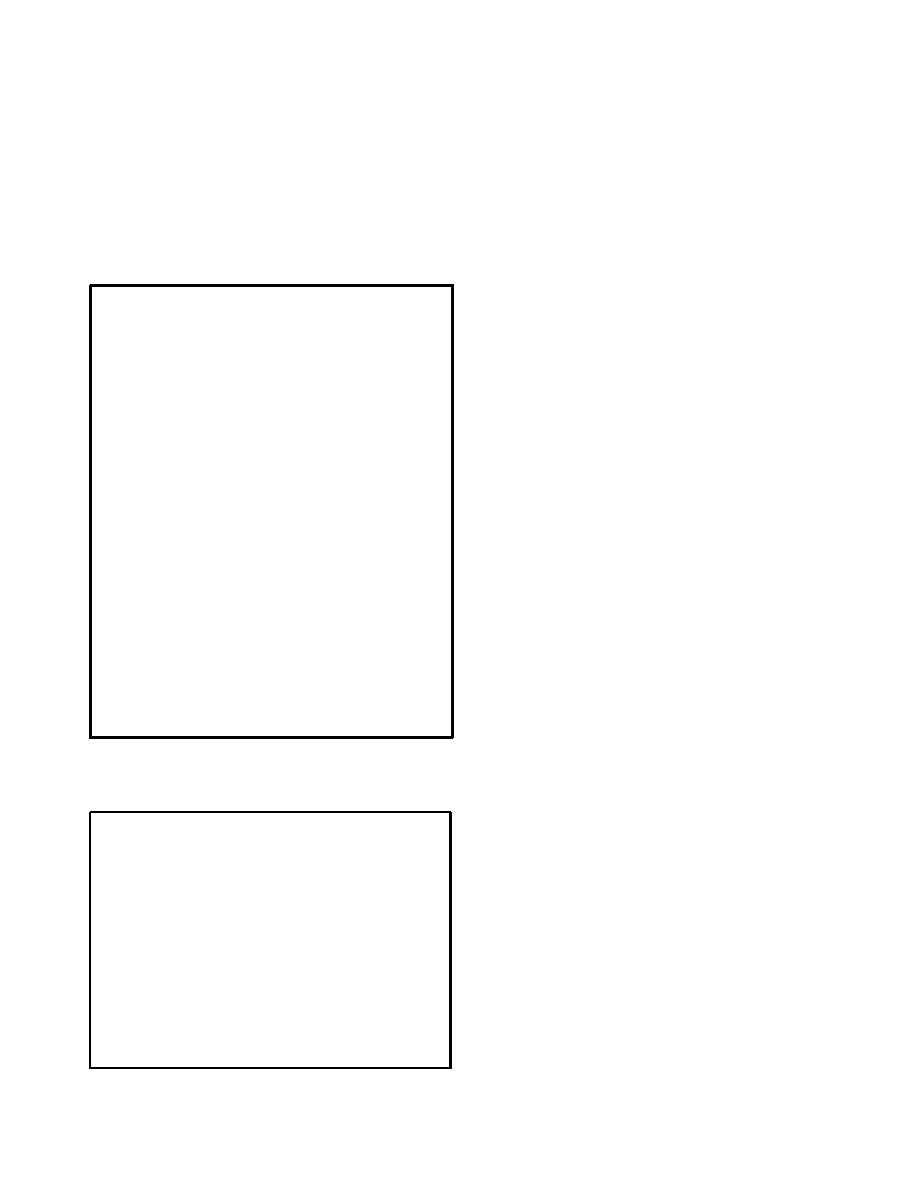
DOFMaster
for Windows
On-line
Depth of Field
Calculator
DOFMaster for Mobile Devices
On-line
Depth of Field
Table
Hyperfocal
Distance Chart
Articles
FAQ
Recommended
Books
Support
Contact
Links
Home
for Windows
On-line
Depth of Field
Calculator
DOFMaster for Mobile Devices
On-line
Depth of Field
Table
Hyperfocal
Distance Chart
Articles
FAQ
Recommended
Books
Support
Contact
Links
Home
As an Amazon Associate I earn from qualifying purchases.
![]()
damage to the national security.
unauthorized disclosure of which could reasonably be
expected to cause damage to national security.
Atomic Energy Act of 1954 means all data
concerning (1) the design, manufacture, or
utilization of atomic weapons; (2) the
production of special nuclear material; or
(3) the use of special nuclear material in the
production of energy.
classified defense information which (a) has
been removed from the Restricted Data
category in order to conform with the Atomic
Energy Act of 1954 and (b) cannot be released
to foreign nationals except under specific
international agreements.
are NOT in themselves classification
special handling requirements. Thus a
classification category is used with the warning
notice wherever it is appropriate.
assigned to official information that requires
protection according to statutory requirements
or in the public interest, but does not require
safeguarding in the interest of national defense.
conceal violations of law, inefficiency, or
administrative error; to prevent embarrassment
to a person, organization, or agency; or to
restrain competition.
the authority in writing.
original and derivative classification. Original
classification is warranted only when information
requiring classification is generated and classification
cannot be derived from information that was classified
previously. For example, information pertaining to a
technological breakthrough or a significant scientific
advance generally requires original classification
authority.
implies, this type of classification is based on and
obtained from a previous classification. Derivative
classification is applied when the information presented
is the same (or closely related to) as other information
that already is assigned a classification.
based on a source document that states that such
photographs should be classified, your classification is
derived from that source. Or suppose you take pictures
of a radar system that is classified Secret. Then the
picture, the negatives, the test prints, and the
enlargements are also classified Secret. The
classification of the pictures is derived from the
classification of the radar system. Most of the
information classified derivatively is taken from
documents classified previously. Whenever you copy or
extract classified information, you must ensure that the
extracted information bears the same classification in
the new document (such as a photograph) as it did in the
source document.
(e.g., CNO ltr, ser OP-009 of 1 Oct 93) on the "classified
by" line. Records must be available for the lifetime of
the document to show the basis for classification or to
trace the chain of classification authority.
Basic Photography Course

As an Amazon Associate I earn from qualifying purchases.
WWW.DOFMASTER.COM
© 2006 Don Fleming. All rights reserved.
© 2006 Don Fleming. All rights reserved.